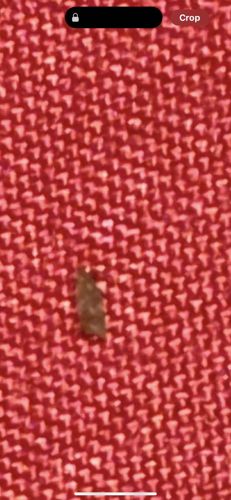Drain Fly
Scientific Name: Psychoda alternata (a common species)
Order & Family: Order: Diptera, Family: Psychodidae
Size: Typically small, adult drain flies range from 2 to 5 mm (0.08 to 0.2 inches) in length.

Natural Habitat
Drain flies are commonly found in moist, organic-rich environments such as drains, sewers, septic tanks, compost piles, and areas with standing water. Indoors, they are frequently seen in bathrooms, kitchens, and basements where neglected drains provide suitable breeding grounds.
Diet & Feeding
The larvae feed on organic matter, algae, fungi, and microorganisms found in the slime layer of drains, sewers, and septic tanks. Adult drain flies do not typically feed, relying on energy reserves from their larval stage.
Behavior Patterns
Drain flies are most active during dusk and night. They typically emerge from drains and reproduce quickly, with females laying batches of 30 to 100 eggs. The larvae develop in the gelatinous film found in drains and pipes, feeding on organic matter. Adult lifespan is about one to three weeks. They are weak fliers and often found close to their breeding sites.
Risks & Benefits
Potential risks include being a nuisance, especially when present in large numbers. While they do not bite and are not known to transmit diseases to humans, their presence can indicate a plumbing issue or a need for better hygiene in drains. They can also contribute to allergic reactions in sensitive individuals due to airborne particles from their bodies. There are no significant benefits to humans or the ecosystem provided by drain flies.
Identified on: 9/4/2025